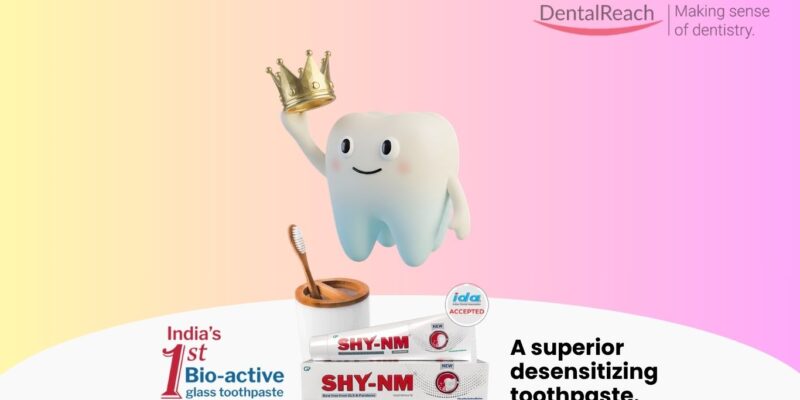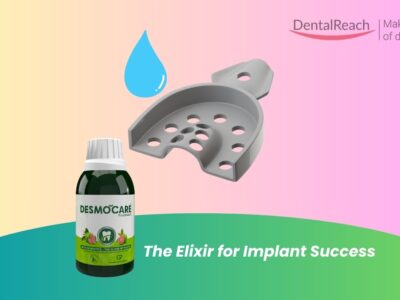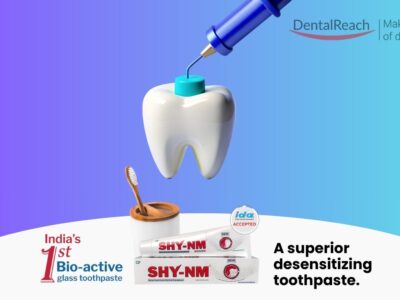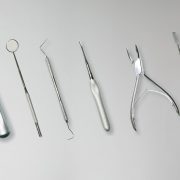Picture this: A patient walks in with a fractured molar at 10 AM — and walks out before lunch with a permanent zirconia crown. No temporaries. No second appointment. No milling block limitations.
Sounds ambitious? A research team at the University of Texas at Dallas is turning this into a realistic chair-side future.
Why This Matters for Us in Practice
We all know the drill — literally. Zirconia crowns are strong, long-lasting, and aesthetic. But 3D-printing zirconia hasn’t been viable for same-day dentistry because of one stubborn step: debinding.
Traditional debinding = 20–100 hours
UT Dallas debinding = < 30 minutes
That’s not a tweak. That’s a reset button.
Instead of slow, fragile processing, the team uses porous graphite felt + enhanced heat transfer + vacuum, letting gases escape safely while hitting temperatures above 2,550°F. Translation? No cracks, no long wait.
Once sintered, the crown becomes the dense, durable zirconia we trust — but without milling restrictions. Imagine designing finer occlusal anatomy, smoother internal fits, and complex contours without worrying about bur access or micro-cracks.
What It Could Mean in the Clinic
If this tech passes clinical validation and regulatory approvals, here’s what you could expect:
– Permanent same-day zirconia restorations
–Custom-printing chair-side — not lab milling
–More anatomical detail, fewer fractures
–Better patient acceptance (no temporaries!)
–Waste reduction — no cutting blocks
And maybe the best part? Our workflow could shift from:
Prep → Scan → Temp → Send to lab → Cement later
to
Prep → Scan → Print → Fire → Cement — same visit.
The People & Support Behind It
The work, published in Ceramics International, is led by Dr Majid Minary and team, with collaboration across engineering, dental labs, and prosthodontics. The National Science Foundation has backed the technology with a $550,000 grant — a strong vote of confidence.
This isn’t hype from a startup — it’s academically-driven innovation now moving toward commercialization.
What Should We Be Watching?
- Clinical performance vs milled zirconia
- Fit accuracy and marginal integrity
- Shade/ translucency results
- Practice-friendly hardware integration & cost
- Regulatory clearance timelines
Zirconia printing has always been promising — but painfully slow. With this bottleneck cracked (pun intended), the future feels closer than ever.
Source: THE UNIVERSITY OF TEXAS AT DALLAS WEBSITE




















Comments